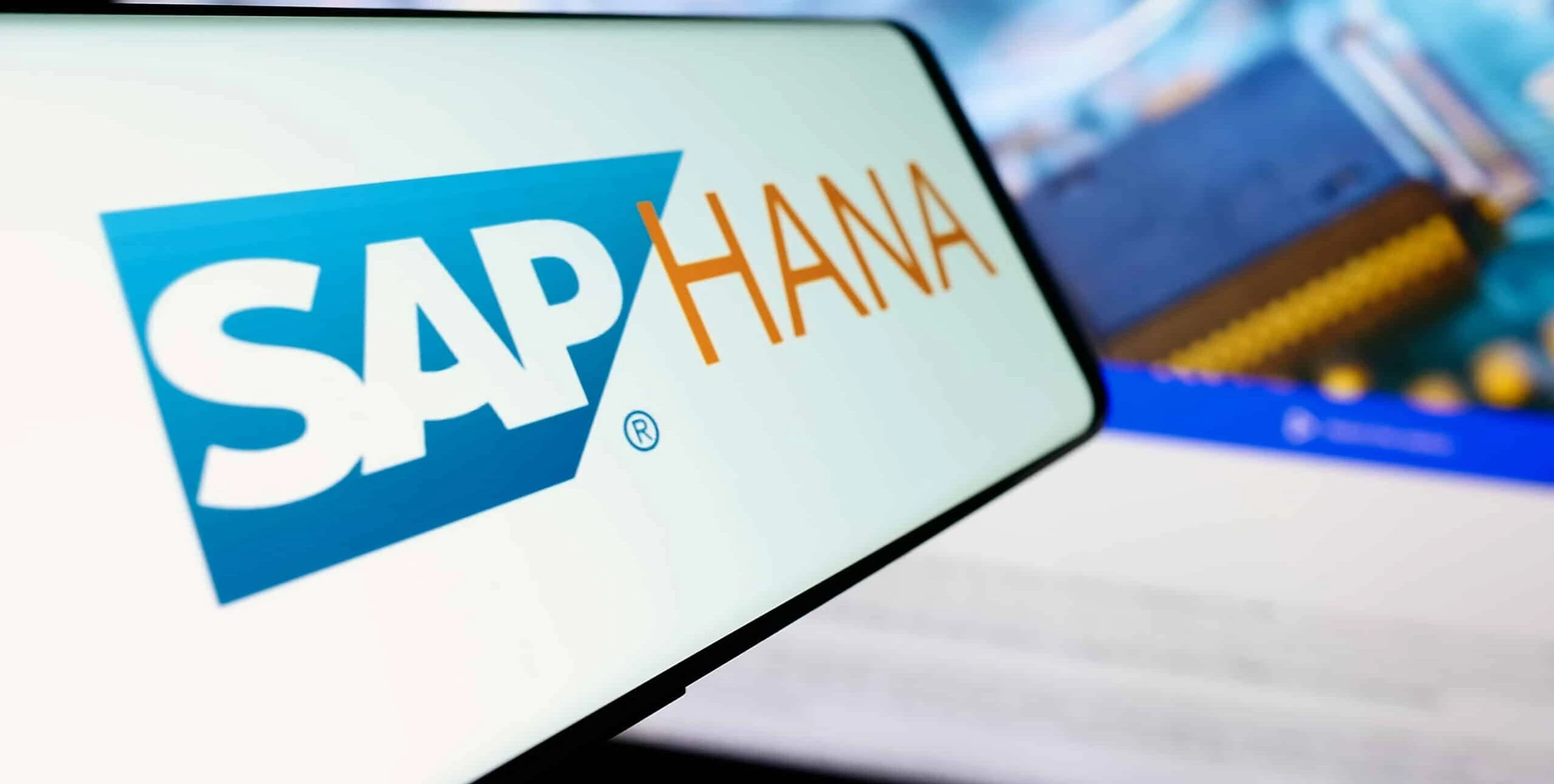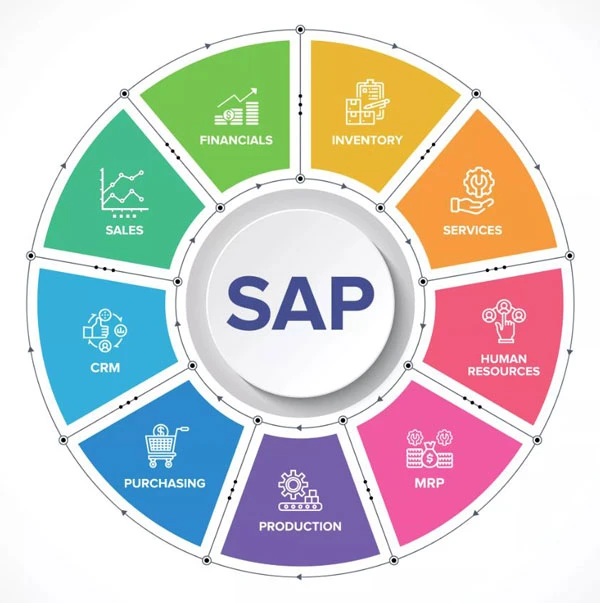
In the ever-evolving landscape of enterprise resource planning (ERP) systems, SAP S/4HANA has established itself as a well-known revolutionary platform. Within its diverse functionality, S/4 HANA Actual Costing and Material Ledger are essential tools for organizations striving to achieve financial accuracy, operational efficiency, and granular cost control. This article delves into their significance, benefits, career prospects, and how they transform financial and material management.
What Is S/4 HANA Material Ledger?
The Material Ledger (ML) is an integral part of S/4HANA, facilitating multi-level inventory valuation. It provides businesses with real-time insights into the valuation of materials and their corresponding costs. Unlike traditional costing systems, the Material Ledger in S/4HANA supports multi-currency and multi-valuation principles. This feature is very important for organizations operating across multiple areas, and regions and requiring accurate financial reporting.
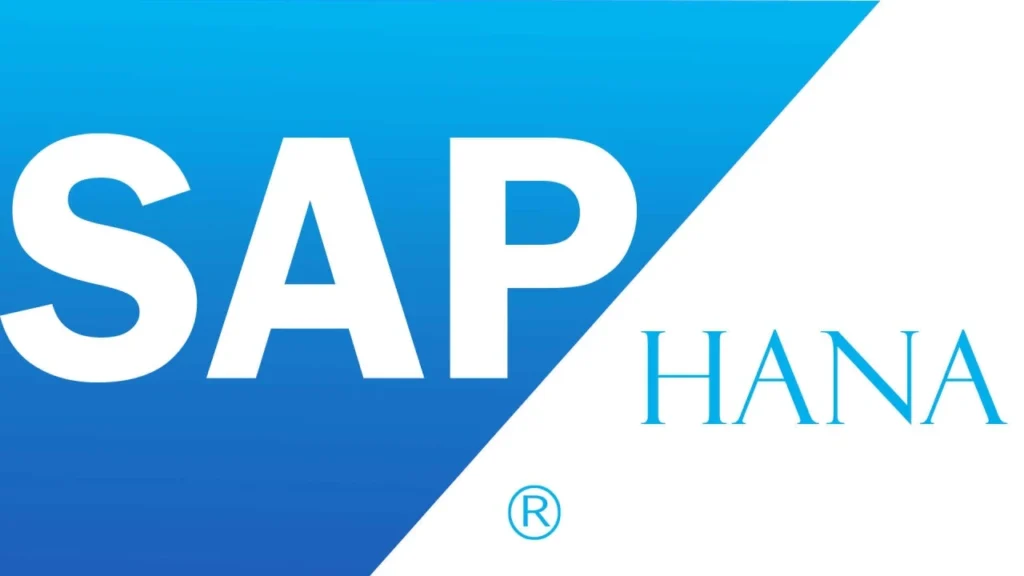
The Material Ledger plays the role of the backbone for actual costing by enabling companies to track price fluctuations and dynamically calculate actual costs. This capability helps organizations compare planned costs with actual costs and make data-driven decisions.
What is S/4 HANA Actual Costing?
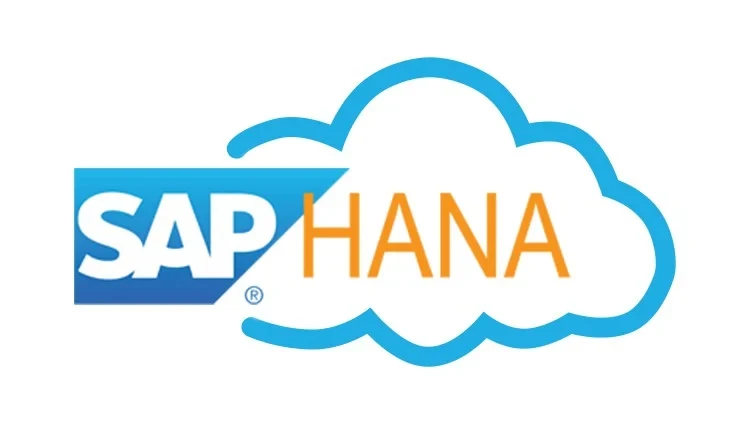
S/4 HANA Actual Costing is built on the Material Ledger foundation, offering unparalleled visibility into the true cost of products. This feature provides a comprehensive view of costs, considering factors such as overheads, purchase price variances, and manufacturing inefficiencies. By leveraging real-time data, organizations can better understand cost structures and optimize pricing and profitability.
Actual costing is particularly valuable for industries with complex production processes, such as manufacturing and consumer goods. It accounts for variances in raw material costs, labor, and overheads, giving businesses an accurate clear picture of their cost of goods sold (COGS). With S/4 HANA Actual Costing, inefficiencies can be identified, and supply chains can be effectively optimized by using it.
Features of S/4 HANA Material Ledger and Actual Costing
- Multi-Valuation Support: Companies can maintain multiple valuations, such as legal, group, and profit-center valuation, in parallel. This ensures adherence to global accounting standards.
- Real-Time Updates: S/4HANA’s in-memory capabilities provide instant updates on material movements and cost changes, empowering businesses with timely data.
- Automatic Price Determination: Actual costing automatically calculates periodic unit prices based on actual data, ensuring more accurate financial reporting.
- Variance Analysis: Businesses can analyze variances between planned and actual costs to identify inefficiencies and areas for improvement.
- Flexible Reporting: Detailed cost analysis provides insights into production costs, purchase prices, and inventory valuation across various dimensions.
Benefits of S/4 HANA Actual Costing and Material Ledger
Implementing S/4 HANA Actual Costing and Material Ledger delivers several key benefits:
- Enhanced Accuracy: Real-time fluctuations in costs are captured, offering a precise view of profitability.
- Improved Decision-Making: With detailed variance analysis, managers can make informed decisions to enhance margins.
- Regulatory Compliance: Multi-valuation support ensures compliance with international accounting standards.
- Cost Optimization: Identifying inefficiencies leads to significant cost savings in production and operations.
- Scalability: The system is equipped to grow alongside the business, accommodating increasing complexities.
Career Prospects After S/4 HANA Training
Gaining expertise in S/4 HANA Actual Costing and Material Ledger opens up a wealth of career opportunities. Organizations across industries are actively seeking professionals skilled in SAP S/4HANA to optimize their financial and operational processes.
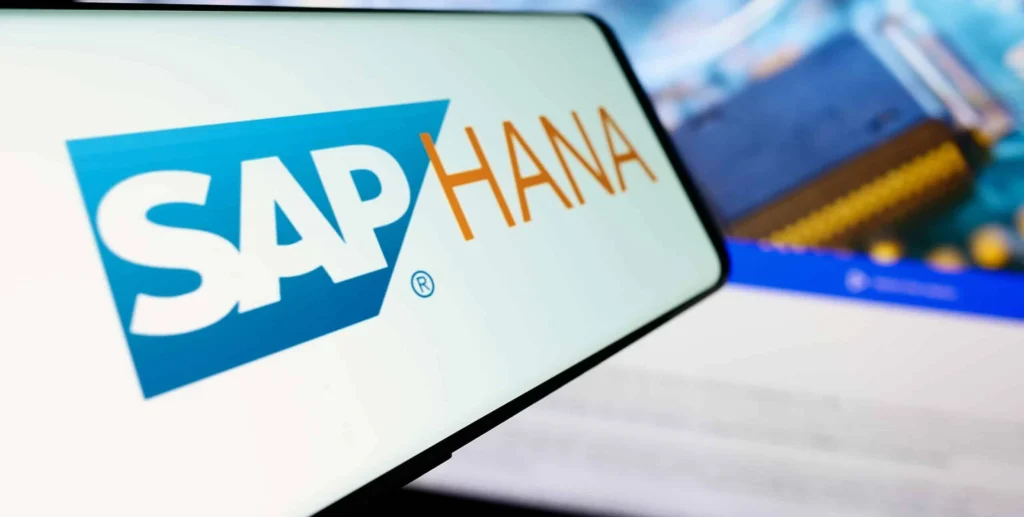
Here are some of the lucrative career roles you can explore after completing training:
- SAP S/4HANA Consultant: As a consultant, you will guide businesses in implementing and optimizing S/4HANA solutions, earning an average salary of ₹12,00,000 to ₹25,00,000 annually, depending on expertise.
- Financial Analyst (SAP): Specialize in leveraging S/4HANA tools to analyze costs, identify variances, and drive profitability. Salaries start at ₹8,00,000 and can go higher with experience.
- Cost Accountant: Use actual costing and material ledger features to deliver precise cost calculations, crucial for strategic decision-making. This role earns approximately ₹6,00,000 to ₹15,00,000 annually.
- Supply Chain Specialist: Optimize inventory and supply chain operations with real-time costing insights, commanding salaries in the range of ₹10,00,000 to ₹18,00,000.
- SAP Project Manager: Oversee SAP-related projects, ensuring successful integration of material ledger functionalities within business processes. Project managers can earn upwards of ₹20,00,000 annually.
Skill Enhancement and Career Growth
To thrive in this domain, professionals must continuously upskill by acquiring relevant SAP certifications and hands-on experience. Certifications in modules like SAP S/4HANA Financial Accounting, Costing, and Supply Chain Management enhance employability and open doors to advanced roles. Networking and staying updated with the latest industry trends are also essential for career growth.
The S/4 HANA Actual Costing and Material Ledger functionalities are indispensable for businesses aiming to enhance cost transparency and operational efficiency. Similarly, for aspiring professionals, gaining expertise in these tools provides access to high-demand, well-paying roles that are essential for modern enterprises. By completing training in S/4 HANA, you not only align yourself with the future of financial and material management but also position yourself for a rewarding and impactful career.
Ready to shape your future with SAP S/4HANA? Visit our courses page to build your career with SAP Hana.

